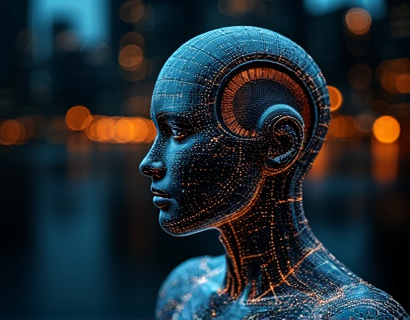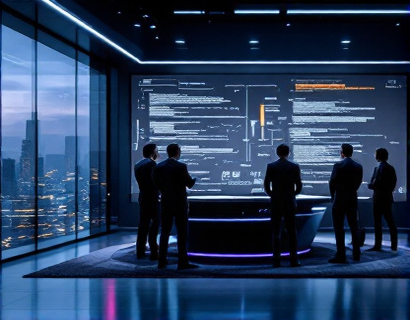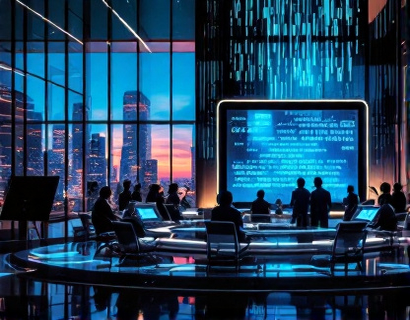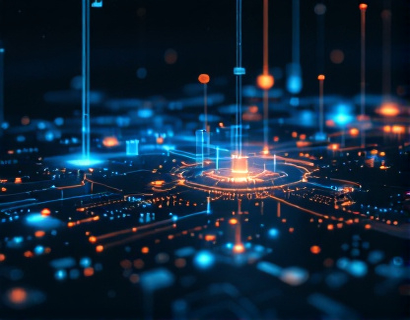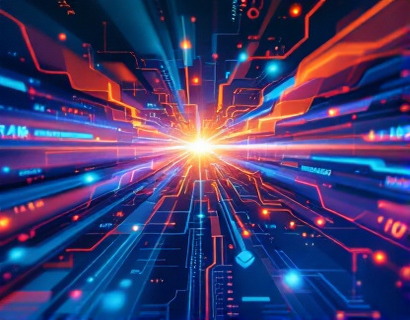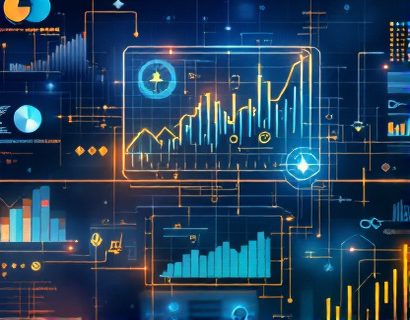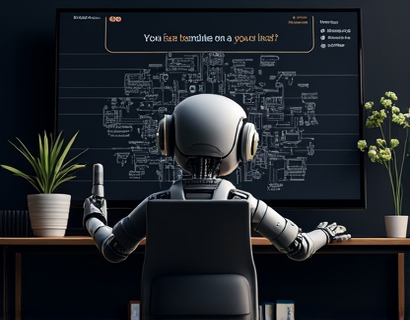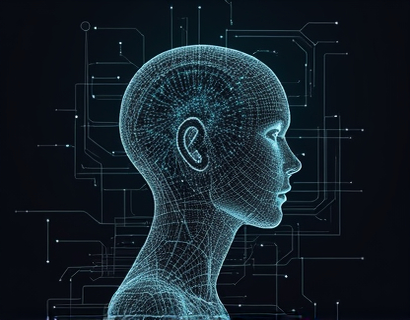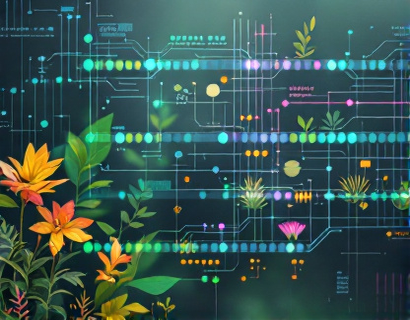AI-Powered Translation Technology: Revolutionizing Global Communication
In an increasingly interconnected world, the ability to communicate across languages has become more crucial than ever. AI-powered translation technology stands at the forefront of this revolution, offering unprecedented precision and speed in breaking down language barriers. This advanced technology is not just a tool for translators but a game-changer for businesses and individuals seeking to expand their global reach. By leveraging the power of artificial intelligence, these solutions provide accurate and efficient translations, facilitating seamless multilingual connections across various industries.
The Evolution of Translation Technology
The journey of translation technology has been marked by significant milestones. From the early days of rule-based systems to the current era of neural machine translation, the accuracy and naturalness of translations have seen dramatic improvements. Traditional methods relied on predefined rules and dictionaries, often resulting in stiff and unnatural translations. The advent of machine learning and deep learning has transformed this landscape, enabling systems to learn from vast amounts of data and context, thus producing more fluent and contextually appropriate translations.
How AI-Powered Translation Works
At the core of AI-powered translation technology lies neural machine translation (NMT). Unlike traditional rule-based systems, NMT uses neural networks to understand and generate translations. These neural networks are trained on massive datasets, allowing them to capture the nuances and complexities of language. The process involves several key steps: tokenization, where text is broken down into manageable units; encoding, which converts the input text into a numerical format; and decoding, where the system generates the translated text. This approach enables the model to consider the entire sentence or context, rather than translating word by word, resulting in more accurate and natural-sounding translations.
Benefits for Businesses
For businesses, AI-powered translation technology offers a multitude of benefits. One of the most significant advantages is the ability to communicate effectively with international clients and partners. Language barriers can hinder business growth and limit market access, but with advanced translation tools, these obstacles can be overcome. Accurate and rapid translations enable companies to produce high-quality multilingual content, including websites, marketing materials, and customer support documents. This not only enhances customer experience but also builds trust and credibility in global markets.
Moreover, AI-powered translation can significantly reduce costs associated with human translation services. While human translators are invaluable for nuanced and creative content, routine and repetitive translations can be efficiently handled by AI. This efficiency allows businesses to allocate resources more effectively, focusing on core activities while ensuring timely and accurate communication.
Enhancing Customer Experience
The customer experience is a critical factor in business success, and language plays a pivotal role in this aspect. AI-powered translation tools can provide instant translations for customer inquiries, feedback, and support requests, ensuring that customers receive timely and accurate responses regardless of their language. This level of service not only improves customer satisfaction but also fosters loyalty and repeat business. For e-commerce platforms, multilingual support can expand the customer base, as users from different regions feel more comfortable shopping in their native language.
Challenges and Limitations
Despite its numerous advantages, AI-powered translation technology is not without challenges. One of the primary concerns is the accuracy of translations, especially for low-resource languages with limited training data. While NMT has made significant strides, certain idiomatic expressions, colloquialisms, and cultural nuances can still pose challenges. Additionally, the quality of translation can vary based on the specific use case and the complexity of the text. For highly specialized content, such as legal or medical documents, human oversight remains essential to ensure accuracy and compliance.
Another limitation is the potential for bias in AI models. Since these systems are trained on large datasets, they can inadvertently reflect and amplify biases present in the data. This can lead to inappropriate or offensive translations, which can have serious consequences in sensitive contexts. Continuous monitoring and updating of training data are necessary to mitigate these risks.
Applications Across Industries
The applications of AI-powered translation technology extend far beyond business communication. In the healthcare sector, accurate translations are crucial for patient care and safety. Medical documents, patient instructions, and research papers can be translated quickly and accurately, ensuring that patients receive the appropriate care in their preferred language. This is particularly important in multicultural societies where language diversity is high.
In the education sector, AI translation tools can facilitate access to educational resources for non-native speakers. Online courses, academic papers, and educational videos can be made accessible to a global audience, breaking down barriers to learning. This democratization of knowledge can have a profound impact on educational equity and opportunities.
The travel and tourism industry also benefits greatly from AI-powered translation. Travel guides, hotel information, and local attractions can be translated in real-time, enhancing the travel experience for international visitors. Language barriers can be a significant deterrent for tourists, but with advanced translation tools, they can explore destinations more freely and confidently.
Future Trends and Innovations
The future of AI-powered translation technology is promising, with ongoing research and development poised to address current limitations and introduce new features. One area of focus is the improvement of low-resource language support. By developing more robust models that can learn from limited data, translation services can become more inclusive, covering a wider range of languages and dialects.
Another exciting development is the integration of multimodal translation, which combines text, speech, and visual elements to provide a more comprehensive translation experience. For instance, a traveler could point their device at a sign or menu, and the AI would provide an instant translation displayed on the screen. This hands-free approach enhances usability and convenience.
Furthermore, the incorporation of emotional intelligence and context-aware translations is on the horizon. By understanding the emotional tone and cultural context of the source text, AI translation systems can produce more empathetic and culturally sensitive translations. This will be particularly valuable in fields like marketing and customer service, where the nuances of communication can significantly impact outcomes.
Conclusion
AI-powered translation technology is revolutionizing global communication, offering precise, rapid, and efficient translations that break down language barriers. For businesses and individuals, these tools provide a powerful means to connect with a global audience, expand market reach, and enhance user experiences. While challenges remain, ongoing advancements promise to make translation more accurate, inclusive, and context-aware. Embracing this technology can open up new opportunities and drive success in an increasingly interconnected world.




